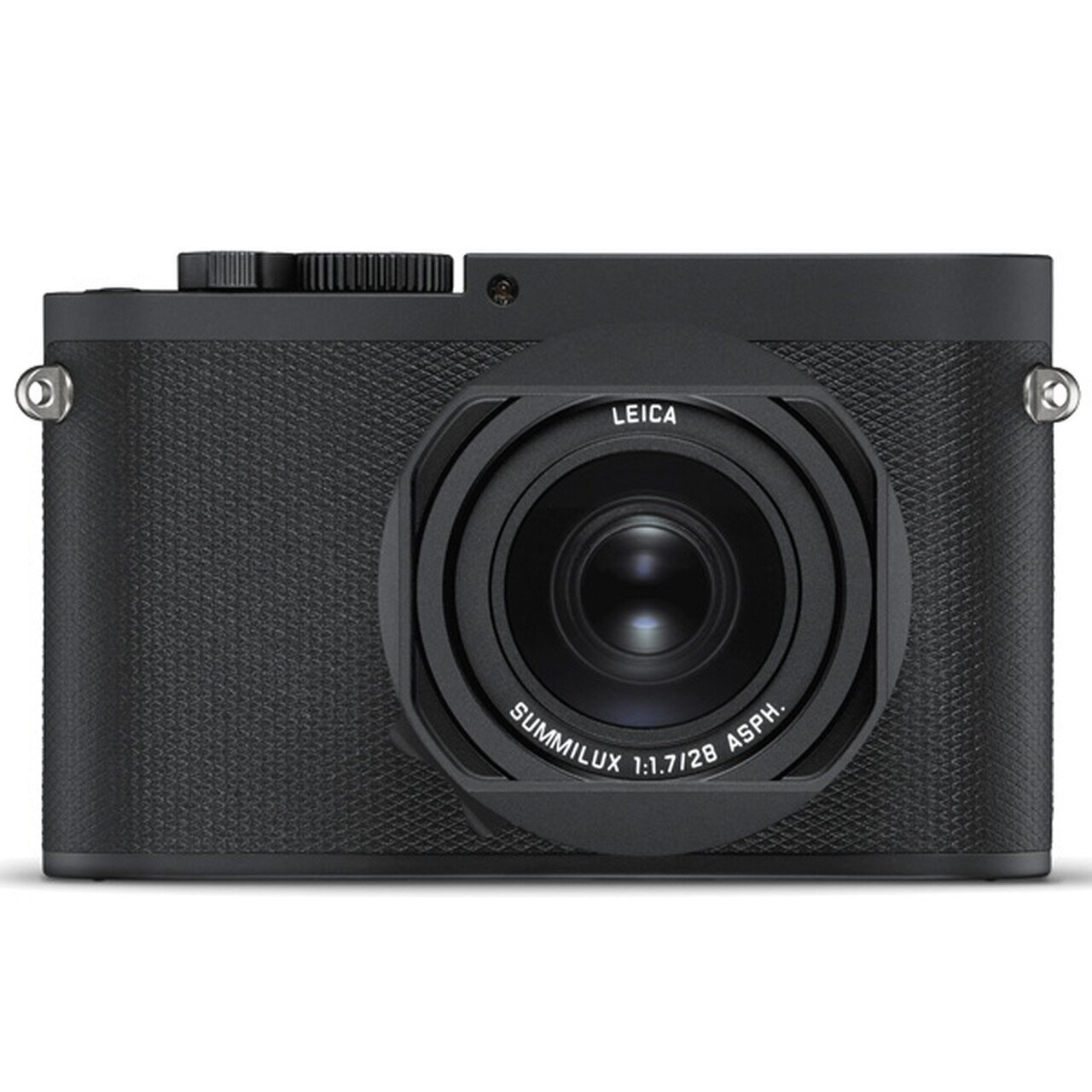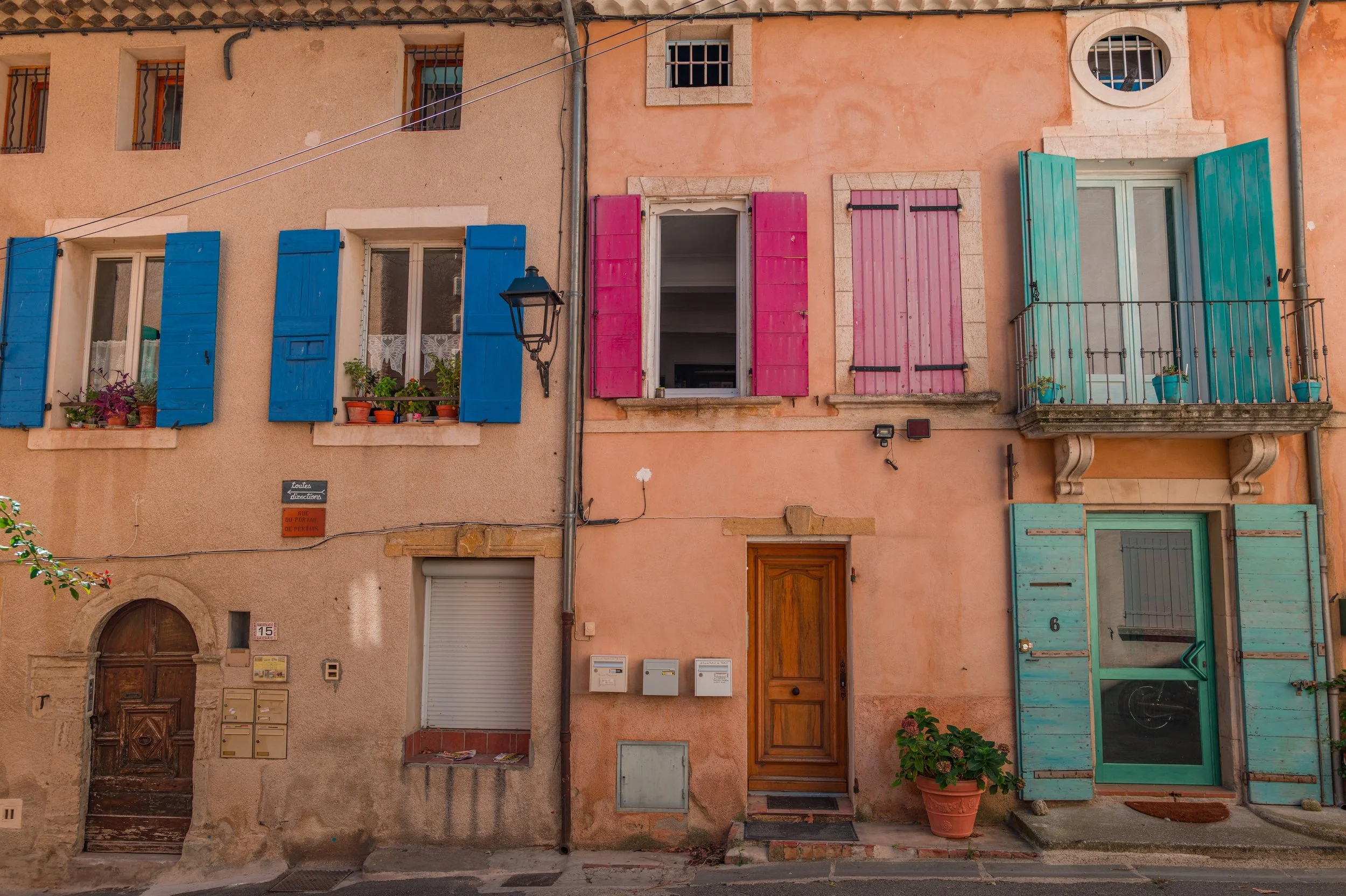
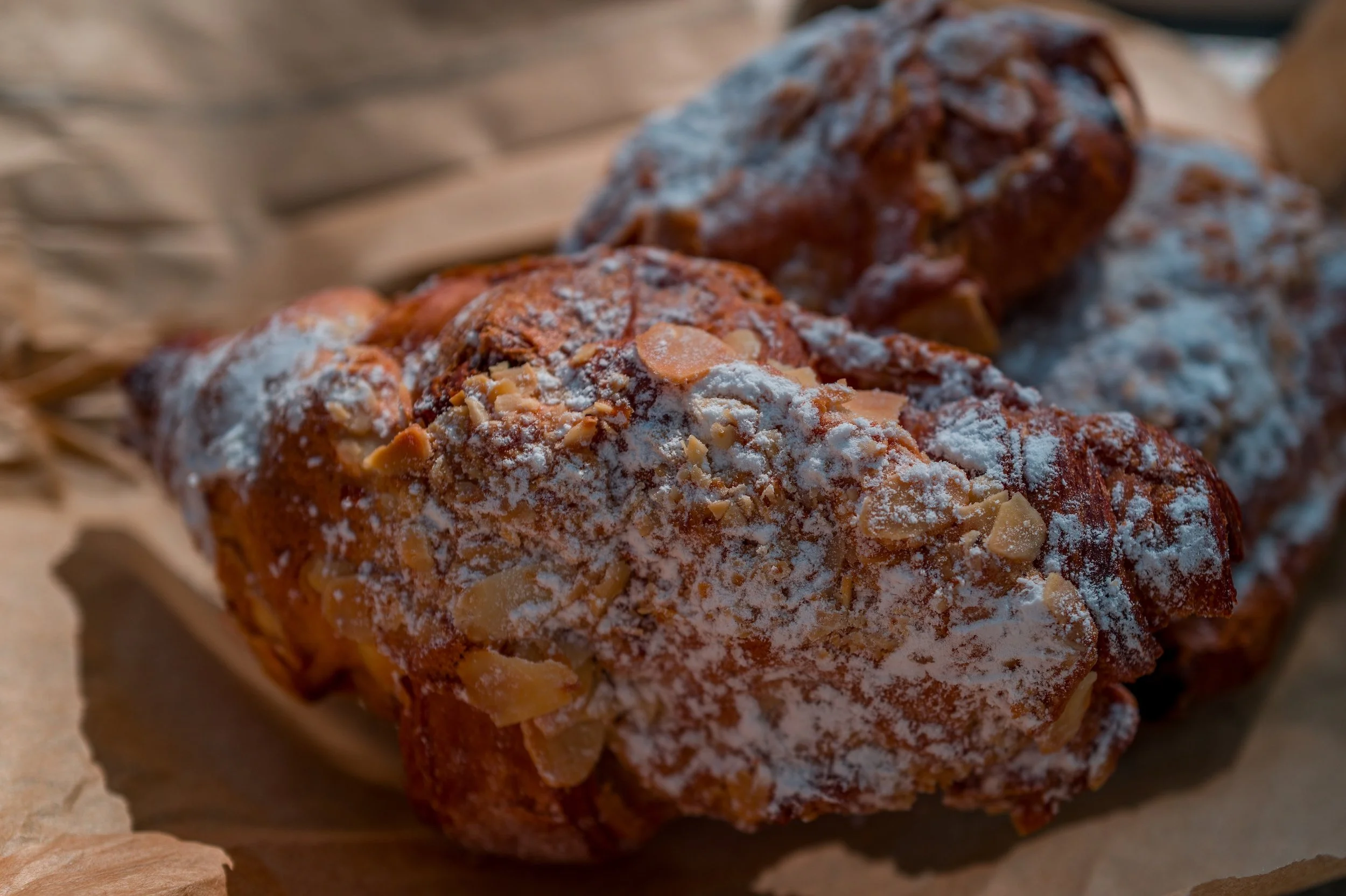

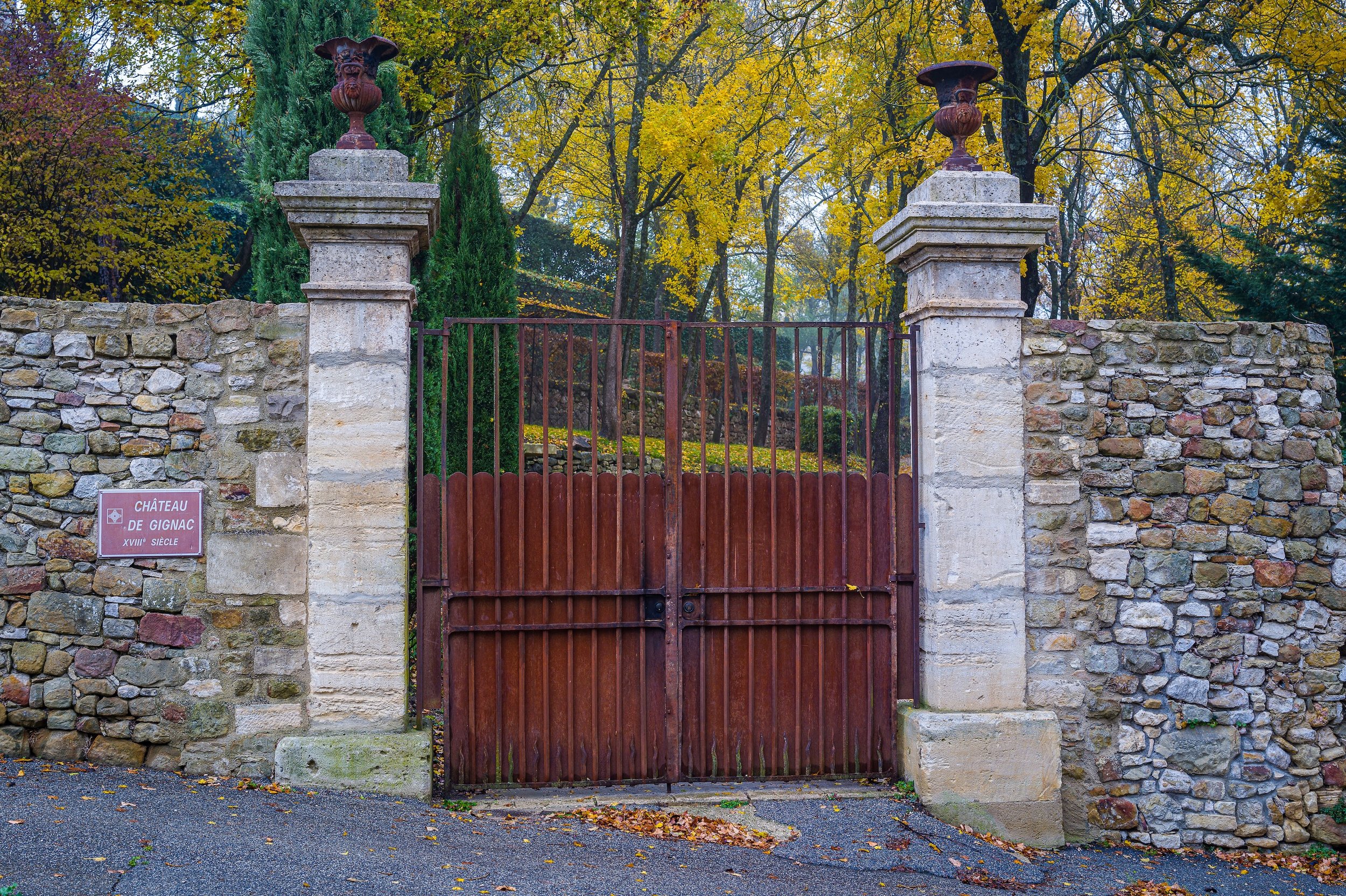


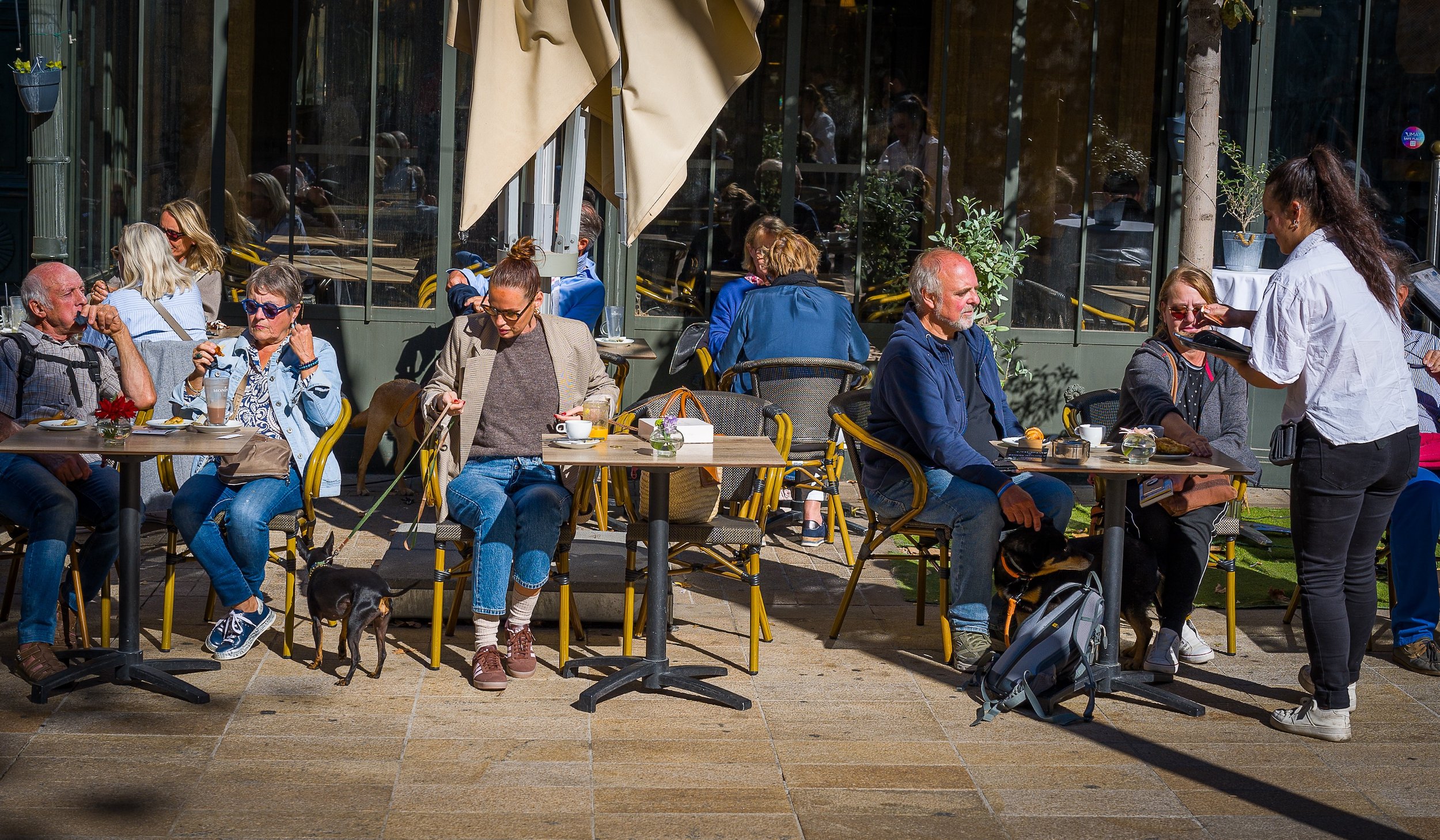
The Cafe Culture of Aix en Provence captured by the Leica Q3 43.
Leica Cameras for Travel.



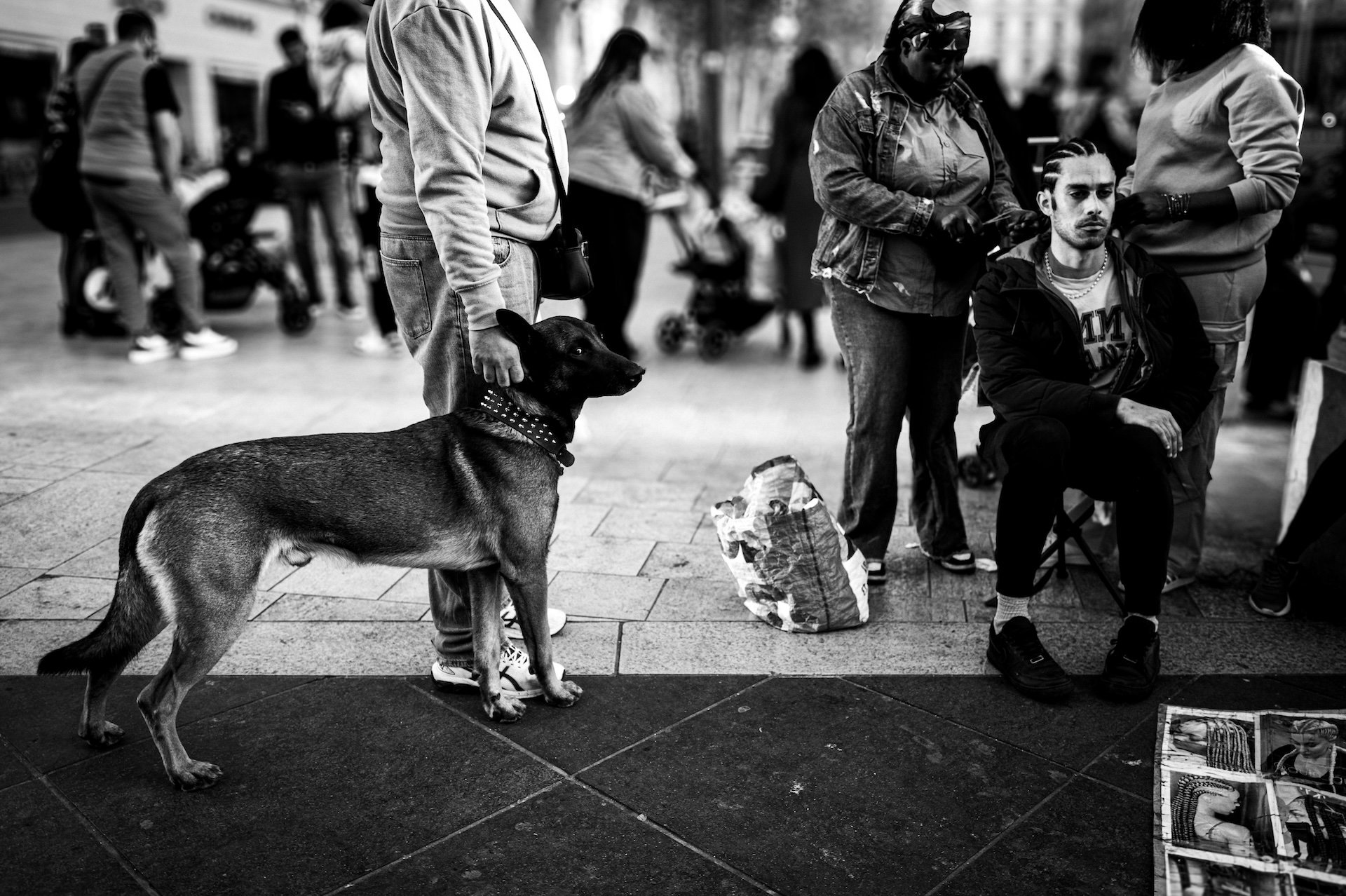
AN EVENING OF STREET PHOTOGRAPHY IN MARSEILLE WITH THE NEW LEICA Q3.
Leica Cameras for Travel.


